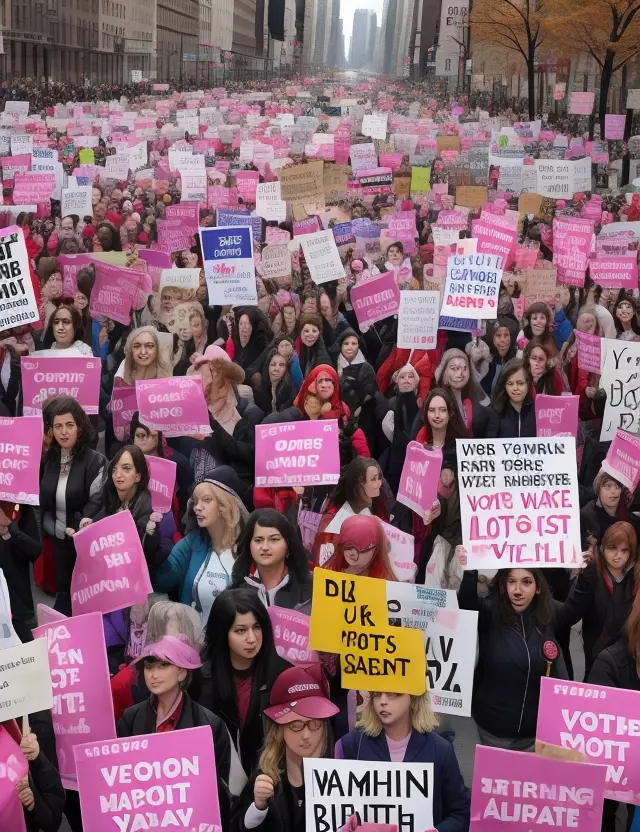Marching for Equality: The Historic Suffrage Parade in New York City
25,000 Women Unite for the Right to Vote

On October 23, 1915, a monumental event took place in the heart of New York City as nearly 25,000 women gathered and marched through the streets to demand their right to vote. This suffrage parade was a pivotal moment in the ongoing struggle for women's rights and the eventual passage of the 19th Amendment.
The Women's Suffrage Movement
By the early 20th century, the women's suffrage movement had gained momentum in the United States. Women across the nation were advocating for their right to vote, a fundamental aspect of citizenship.
The Suffrage Parade's Significance
The suffrage parade in New York City was not only a demonstration of the women's determination to achieve suffrage but also a powerful display of unity and solidarity among women from various backgrounds and walks of life.
Organizing the Parade
The suffrage parade was organized by the New York State Woman Suffrage Party and led by prominent suffragists, including Harriot Stanton Blatch and Alice Paul. It was designed to be a grand and impactful event.
The Parade's Route
The women marched along Fifth Avenue in Manhattan, passing through prominent locations such as Washington Square Park and Madison Square. The choice of route was strategic, ensuring high visibility and media coverage.
25,000 Strong
The parade attracted a massive crowd of nearly 25,000 women, along with many supporters who lined the streets to cheer and show their solidarity.
Marching for Equality
The participants in the parade carried banners, signs, and slogans advocating for women's suffrage and equal rights. They chanted slogans and sang songs of empowerment.
Challenges and Opposition
While the suffrage parade was a significant display of unity and determination, it was not without challenges. Some spectators opposed the suffrage movement, and there were instances of heckling and resistance.
The 19th Amendment
The suffrage parade and the broader women's suffrage movement continued to gain momentum. In 1920, the 19th Amendment to the U.S. Constitution was ratified, granting women the right to vote.
Legacy
The suffrage parade in New York City remains a symbol of the tireless efforts and determination of women in their fight for equality. It stands as a testament to the power of peaceful protest and the ability to effect lasting change.
The suffrage parade in New York City on October 23, 1915, was a watershed moment in the history of the women's suffrage movement. Nearly 25,000 women came together to demand their right to vote, setting the stage for the eventual passage of the 19th Amendment and advancing the cause of gender equality in the United States.



